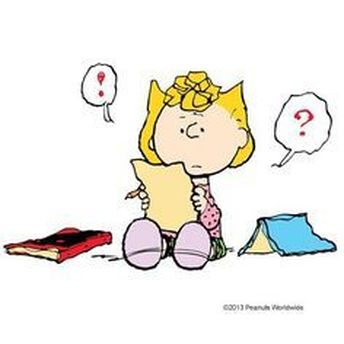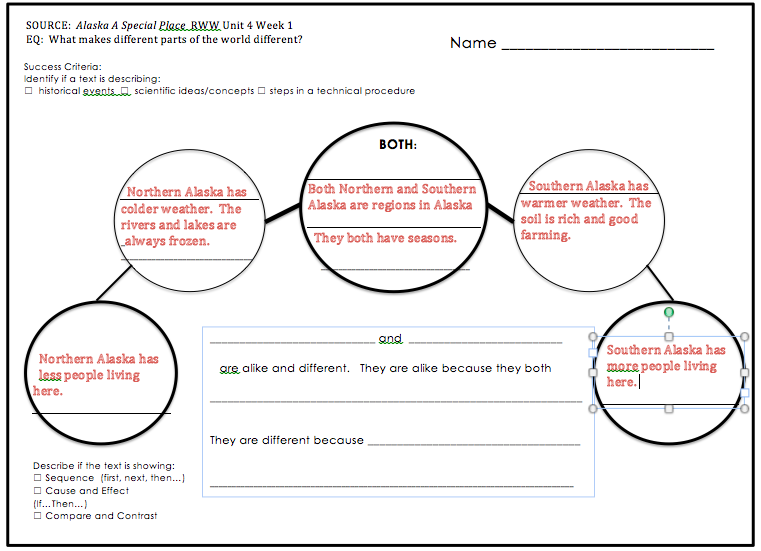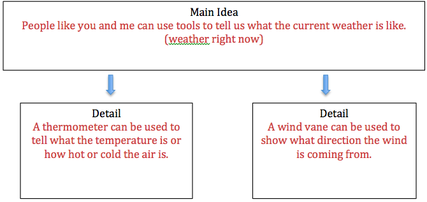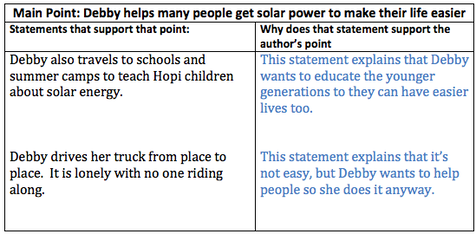|
We were treated with some fortune cookies and Chinese good luck wishes from Panda Express this Wednesday. Students got to enjoy an educational video on Chinese culture and the history of the Zodiac Calendar. They learned that this year, the year of the dog will be celebrated. People who are born in the year of the dog are said to be loyal, honest and the truest of friends. Students also learned about the lantern festival, Chinese dragon and lion dances, and even hongbao (lucky red envelops).
Here is a summary of what happened in our classroom: In Langauge Arts...
In math...
REMINDERS AND ANNOUCEMENTS
0 Comments
Our class of 21 is now 22! We are so excited to have Sunakshi as our newest friend in D103. Having a new classmate this week gave all of us the opportunity to benefit from some Tribe activities. Students shared things about themselves and important things that anyone should know about our school. These activities were great community builders that brought a sense of fellowship. Here is a summary of what happened in our classroom: In Langauge Arts...
In math...
In science...
REMINDERS AND ANNOUCEMENTS
Our little engineers got to put their designs to the test as they conducted a trial run of their seed dispersers this week. It was quite an experience for them to explore and evaluate how they thought their models were going to work and actually seeing them in action. They will fine-tune them with revisions to improve features and test again next week. Pictures coming soon!
Here is a summary of what happened in our classroom: In Langauge Arts...
In math...
In science...
REMINDERS AND ANNOUCEMENTS
Our classroom coral reef is blooming with "life" with its vibrant and colorful coral and the fascinating sea life decorating our classroom entrance way. This display is a work-of-art created by the amazing artists of D103. Using their coral reef animal research from 2nd quarter, students worked hard to draw their animal and coral, colored it using oil pastels, and described how it depends on other plants and/or animals within its habitat. The coral reef was assembled after school with a group of students. On Monday morning all the children will get to explore this coral reef for the first time! Check out the photo.
Here is a summary of what happened in our classroom: In Langauge Arts...
In science...
REMINDERS AND ANNOUCEMENTS
Happy New Year! I hope everyone enjoyed time with family and friends this holiday season bringing in the New Year. Every start to a new year makes for the perfect opportunity to reflect on our achievements and set new goals. This is exactly what the children did. Going through this process is meaningful for the children as they are learning that they can track and monitor their own progress, by doing this it motivates them to strive higher. Looking at their growth also allows them to self assess, set another goal, and make a plan to get there. Here is a summary of what happened in our classroom: In Langauge Arts...
In science...
REMINDERS AND ANNOUCEMENTS
It was wonderful to see our parents and children working together on math games this Thursday. We had a great turnout. The children sure had a lot of fun teaching their parents how to play "Think Addition" and "Make Ten." I hope you'll continue to play these games at home to reinforce the strategies. I really appreciate the positive and the honest feedback. Your concerns and suggestions will help us to improve in the future. I was a nervous reck speaking in front of hundreds of people! It's a great thing I did not make a career in public speaking, that's for sure, hahaha! Another sure thing...the children were amazing! They put on a wonderful performance for us all!
Here is a summary of what happened in our classroom: In Langauge Arts...
In science...
REMINDERS AND ANNOUCEMENTS
Kapolei Middle School Band and Choir sure put us in the Holiday spirit with a stellar performance this week. Festive and traditional holiday songs, along with a fun remix of "Do You Wanna Build a Snowman" & "Let it Go", got us all so excited! It was also a real treat to see our very own Vice Principal Mr. Agena, who use to work with Kapolei Middle School Band, conduct one of the songs for us. We also learned about some of the instruments and the ensemble of the band. The children were very interested. Who knows.. we might have some band members in our future!
Here is a summary of what happened in our classroom: In Langauge Arts...
In science...
REMINDERS AND ANNOUCEMENTS
Hawaii Theatre for Youth put on a very memorable production that the students enjoyed immensely! The story was written about an "Ordinary O`hana" and the many extraordinary things they do. The story helped us to remember the wonderful things we can do as families and to celebrate the values of connection and community! Students could relate to this multi-generational story. Don't forget to ask them about it!
Here is a summary of what happened in our classroom: In Langauge Arts...
In science...
REMINDERS AND ANNOUCEMENTS
Our Second Annual Turkey Trot was a huge success. Bright but cool weather made for the perfect jog! Because of all the generous donations from D103 students and parents, our class won the pizza party for the class with the most dollar amount in donations!!! Our very own student, Arius Glatt, won the prize for the most monies donated by a single person! All donations will be put to good use in providing technology and resources for our Ho`okele Keiki. Thank you all for your generous contributions!
Here is a summary of what happened in our classroom: In Langauge Arts...
In science...
REMINDERS AND ANNOUCEMENTS
Here is a summary of what happened in our classroom: In Langauge Arts...
SCIENCE
REMINDERS AND ANNOUCEMENTS
|
Proudly powered by Weebly






 RSS Feed
RSS Feed